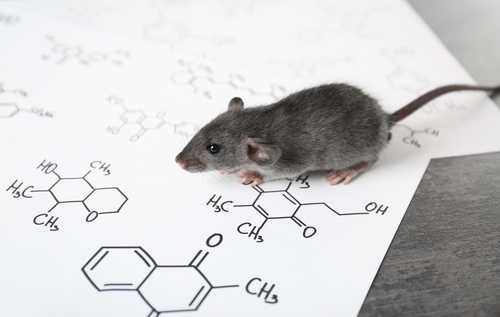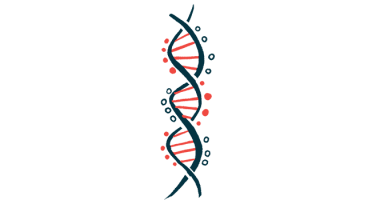Ghrelin Receptor Agonist May Improve Survival of Infants with PWS, Mouse Study Suggests

A compound that could mimic ghrelin hormone activity and trigger its receptor signals could hold therapeutic potential to improve survival of patients with Prader-Willi syndrome (PWS) in early infancy, a mouse study shows.
The study, “Ghrelin Receptor Agonist Rescues Excess Neonatal Mortality in a Prader-Willi Syndrome Mouse Model,” was published in the journal Endocrinology.
PWS is a genetic disorder caused by the loss or failure to read the content of several genes located in the paternal chromosome 15. It is characterized by hypotonia (low muscle tone), feeding issues in early infancy, hyperphagia (excessive eating), and obesity starting later in childhood.
Children with PWS may need more time to achieve developmental milestones than their peers. They often have learning disabilities, several disruptive behavioral problems, and are faced with challenging mental health symptoms, including depression, anxiety, and a high pain threshold, among others.
The broad spectrum of manifestations associated with PWS and the poor understanding of its underlying biological mechanisms makes it harder to identify and develop more specific and efficient treatment strategies. Previous studies have suggested targeting the hormone ghrelin as a potential strategy.
Ghrelin is an important hormone involved in the communication process between the brain and the gut necessary to control our feeding behaviors. Several trials have found that PWS patients have about a fourfold increase in ghrelin blood levels compared with healthy individuals, which could partly explain the hyperphagia behavior in this population.
Despite the associative evidence, there is no definitive data demonstrating the role of ghrelin in PWS. To address this, researchers at the UT Southwestern Medical Center evaluated the impact of ghrelin in a mouse model of PWS that mimics the main features of the human disease during infancy and early childhood.
The PWS pups showed reduced body weight and body length, altered body composition with a lower percentage of fat mass and higher percentage of lean mass, and delayed sexual maturation, all of which mimic important clinical manifestations of PWS.
The team found that both the pups and older animals had increased amounts of acyl-ghrelin, the active form of ghrelin.
The team then genetically engineered mice to carry the PWS genetic defect through loss of the gene that provides the instructions for ghrelin or through reduced levels of the receptor that recognizes the hormone, called GHSR.
These genetic alterations did not cause significant changes in the animal’s physical characteristics, including reduced body weight, delayed sexual maturation, or increased mortality, in the period prior to weaning. Still, mice lacking ghrelin had even lower blood sugar levels and percentage of body weight gain and fat mass than those lacking the GHSR receptor.
Previous studies have suggested that increased levels of ghrelin in PWS could reflect an overproduction of the hormone, but could also be due to an accumulation of immature forms of the hormone.
To explore this hypothesis, the researchers treated young PWS pups with a daily administration of an activator of the GHSR. After two weeks of treatment, the pups showed markedly improved survival, resulting in almost complete rescue of the 17% increased mortality caused by the PWS-linked genetic defect (27% in PWS mice, compared with 10% in normal mice).
However, the treatment had no significant impact on the animals’ weight, body length, or blood sugar levels.
Based on these results, the team believes that using a GHSR agonist to help enhance the receptor signals could “represent an efficacious new treatment of young individuals with PWS, with an overall goal of enhancing survival.”






